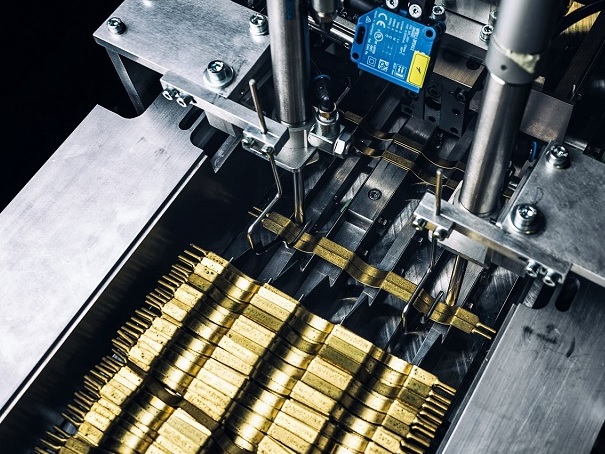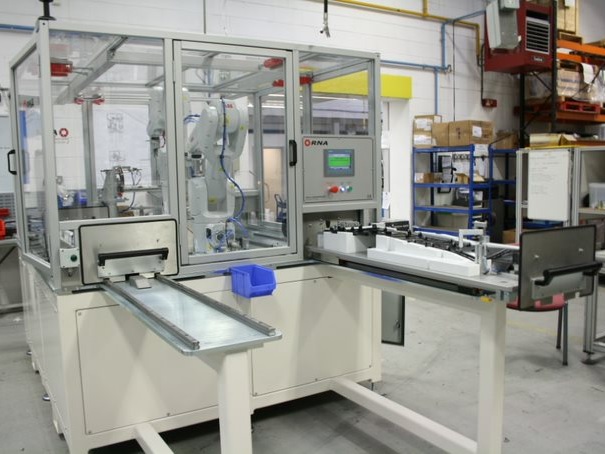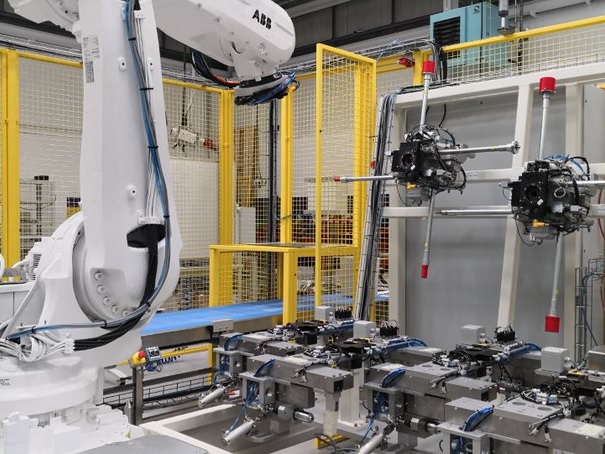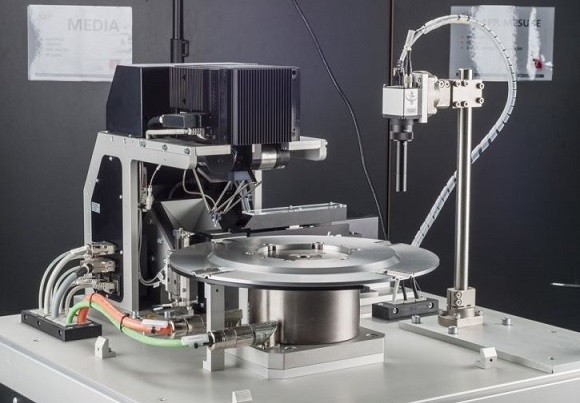
For years, specially trained employees at Swiss watch part supplier Affolter SA underwent the tedious task of manually handling a large variety of highly precise parts designed to operate some of the world’s best watches. The work was monotonous but necessary.
Affolter needed to modernize, in particular the polishing and burnishing process. The solution would need to be highly flexible because different types of parts needed to be produced on the same equipment. Lot sizes were small and changeover needed to be performed as quickly as possible. The watch parts are very small and fragile, so special care needed to be taken throughout the entire process.
The Affolter team selected as its solution the Asyfeed Pocket Module by Asyril SA, an integrated flexible feeding system that updates the part loading/machine tending process of a traditional polishing machine. This turn-key solution from Asyril features a delta robot, a vision system and a flexible feeder system integrated into the machine.
Solution
The system works as follows:
- The parts to be burnished/polished are fed as bulk into the hopper of the Asycube 50 robotic parts feeder integrated into the Asyfeed Pocket Module.
- Using Asyril’s 3-axis vibration technology, the parts are quickly separated and pre-oriented on the vibration platform of the Asycube 50.
- Illuminated by backlight and frontlight, the vision system detects the correctly oriented parts and sends the part coordinates to the module’s built-in high-precision delta robot.
- The robot picks and places the parts in the loading fixture of the Strausak S 70 polishing machine.
- Once the processing operation is finished, the robot removes the part and the cycle
restarts with the next part.
Affolter’s previous loading equipment was dedicated to one kind of part (i.e., one geometry) and adding a new one was almost impossible. With the Asyfeed Pocket Module, adding a new part is easy and can be performed in 1-2 hours.
With the delta robot, Affolter saves 1-2 seconds on loading time during every cycle. Part changeover is much quicker now and can be done in fewer than 5 minutes. This means Affolter now has new solutions to offer its customers.
Another benefit involves tooling. On the previous loading equipment, tooling was very expensive and needed to be changed every year. With the Asyfeed Pocket solution, there is almost no need for specific tooling. Affolter can develop and produce the tooling itself—plus the tooling has no-wear parts.
“The two key advantages of the new system relate to its positive impact on our team,” said an Affolter spokesperson.
“The first benefit is that it has modernized quite a traditional trade, which has boosted the motivation of our employees. The second clear benefit is the flexibility that Asyril’s products offer for set-up operations on small batches of highly fragile components.”
Affolter’s modernized production process has the added bonus of attracting young people. The previous loading methods were either manual or required highly skilled micro mechanics technicians. Introducing a flexible feeder and a robot into the factory has enabled them to attract younger people with a higher level of knowledge in informatics and automation science versus very specific mechanics.
The feeding system can handle parts smaller than 0.1 mm and up to 5 mm in size. The technology operates geometry independently and allows for gentle part feeding and handling.
Typical applications include micro-technology, medical devices, jewelry, electronic test probe pins, consumer electronics and semiconductors.
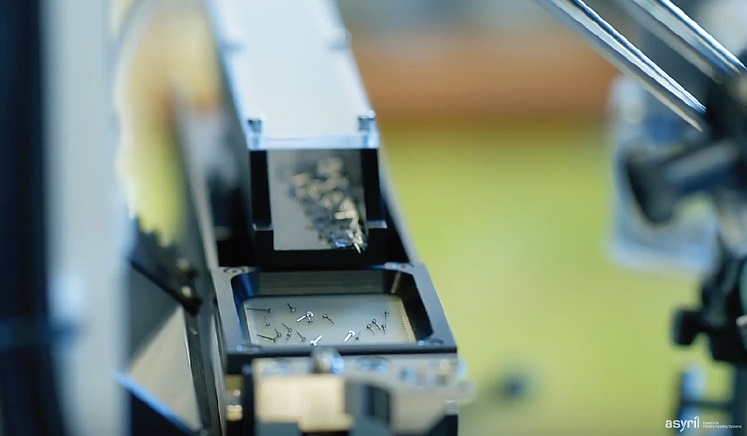
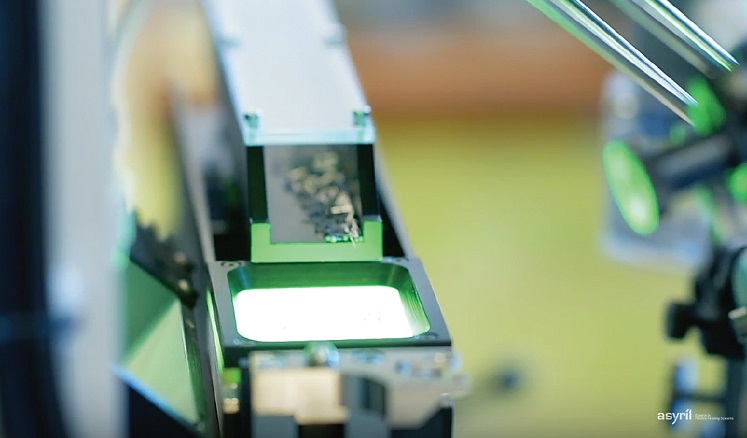
Other Case Studies
Contact
Send your message to a member of our team
Read our Privacy Policy to learn how we manage and protect your submitted information.

